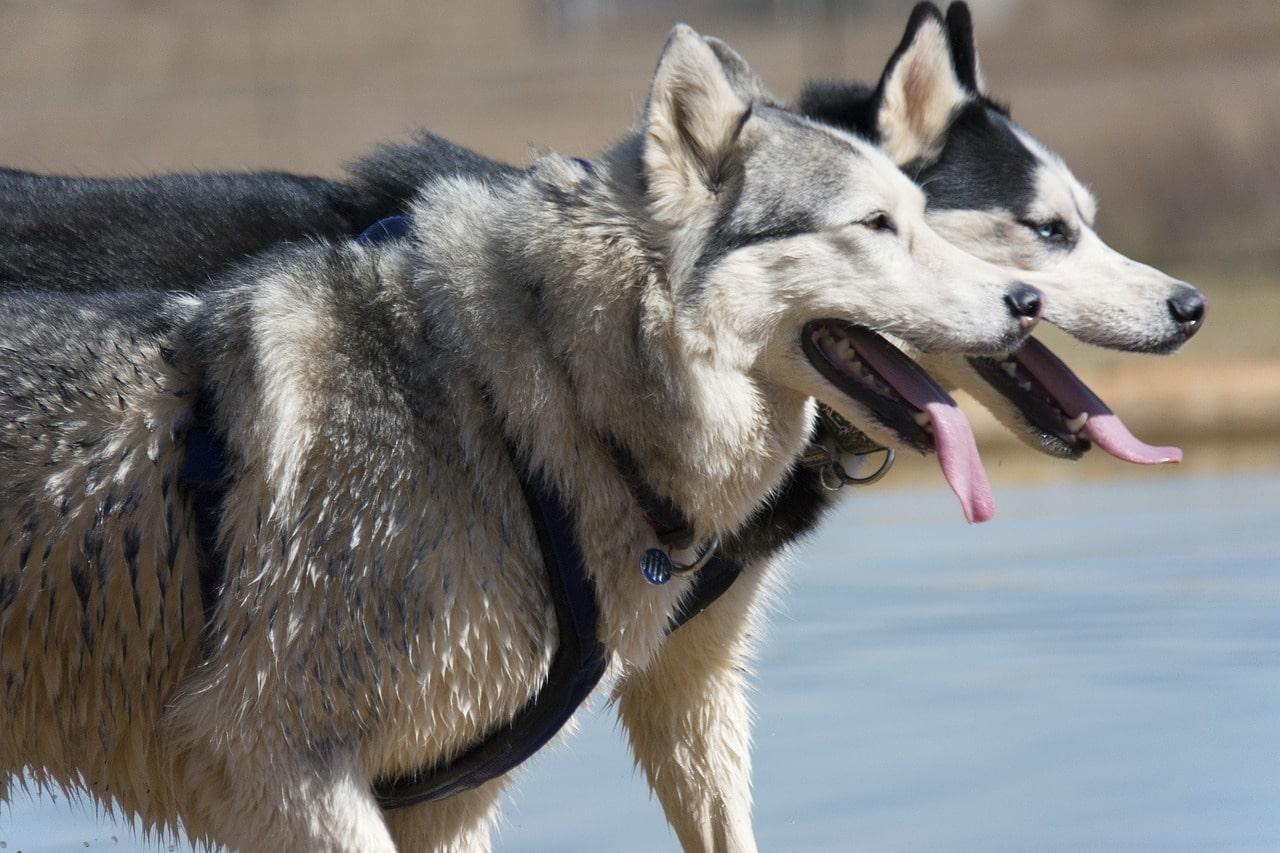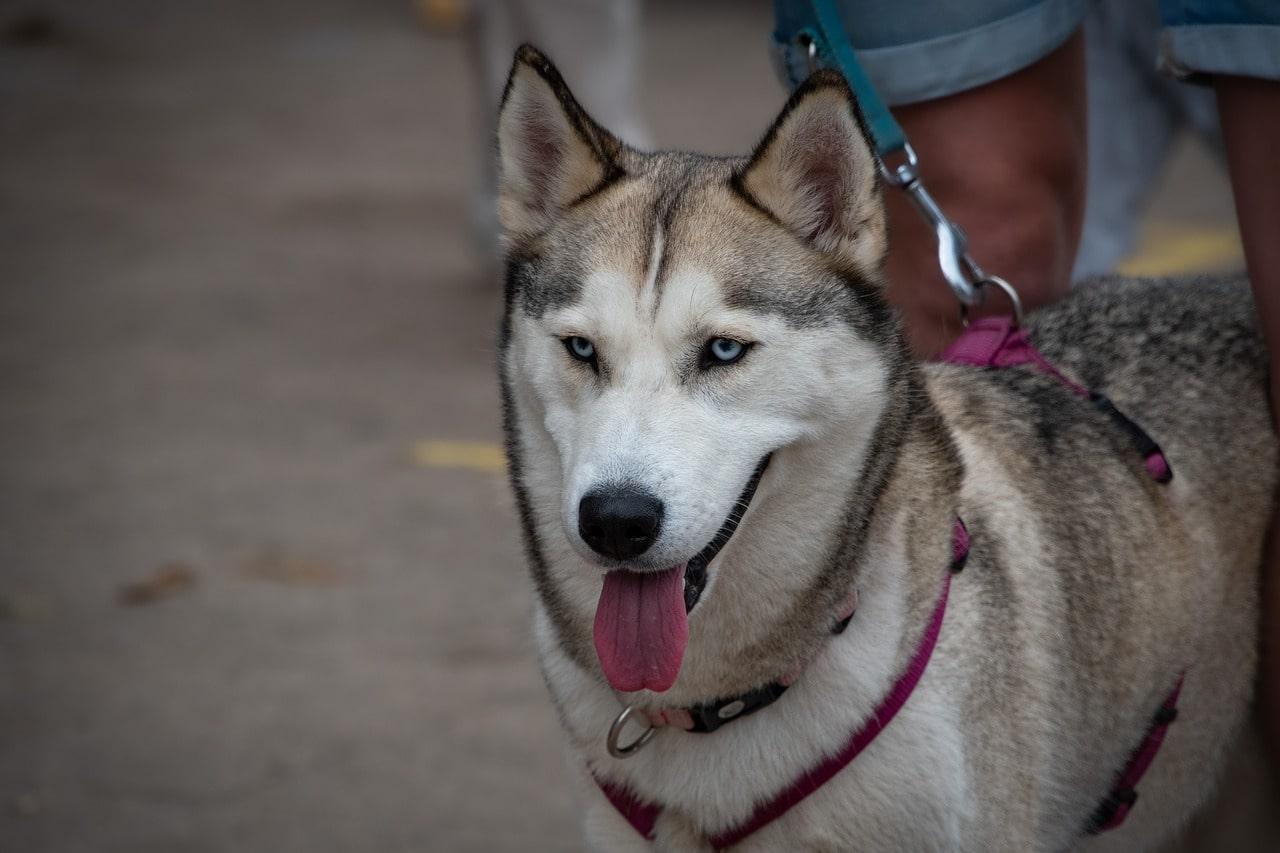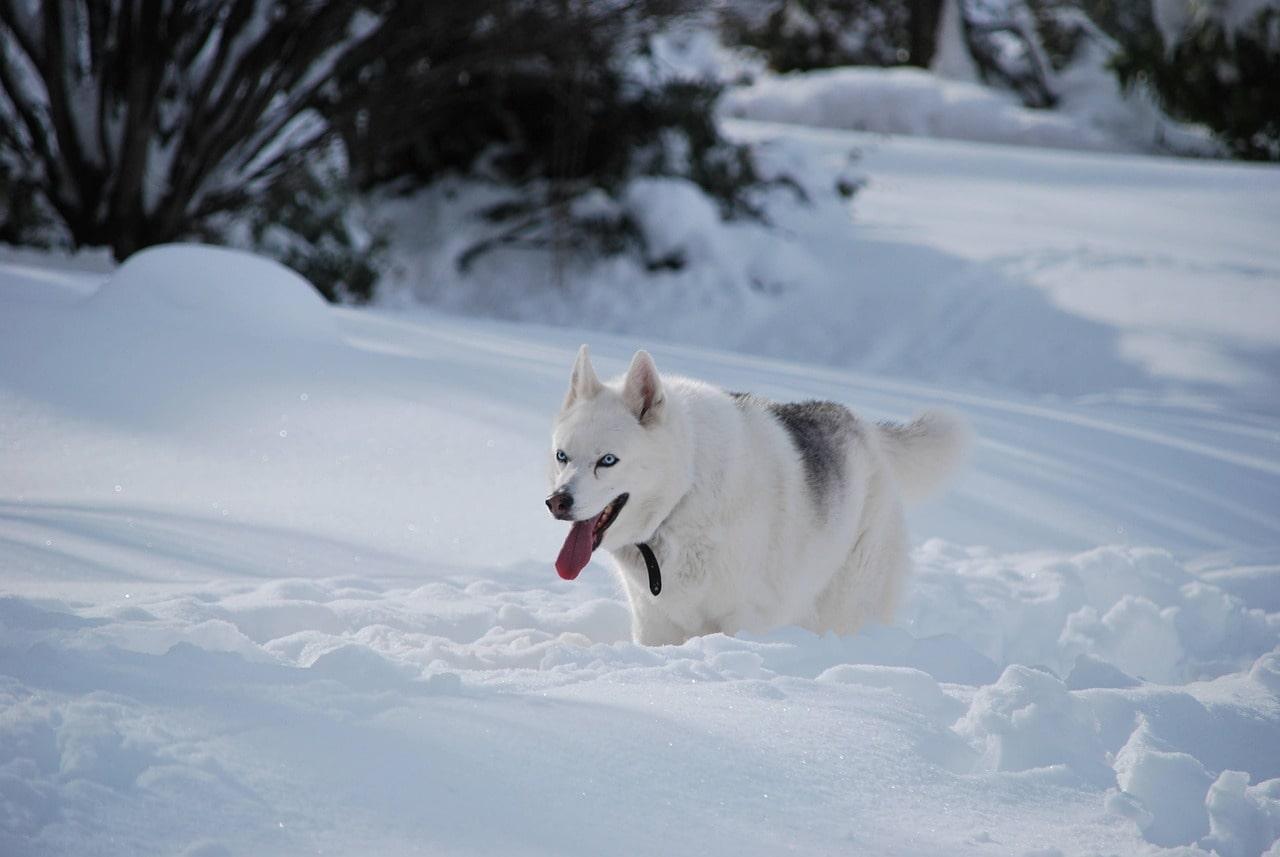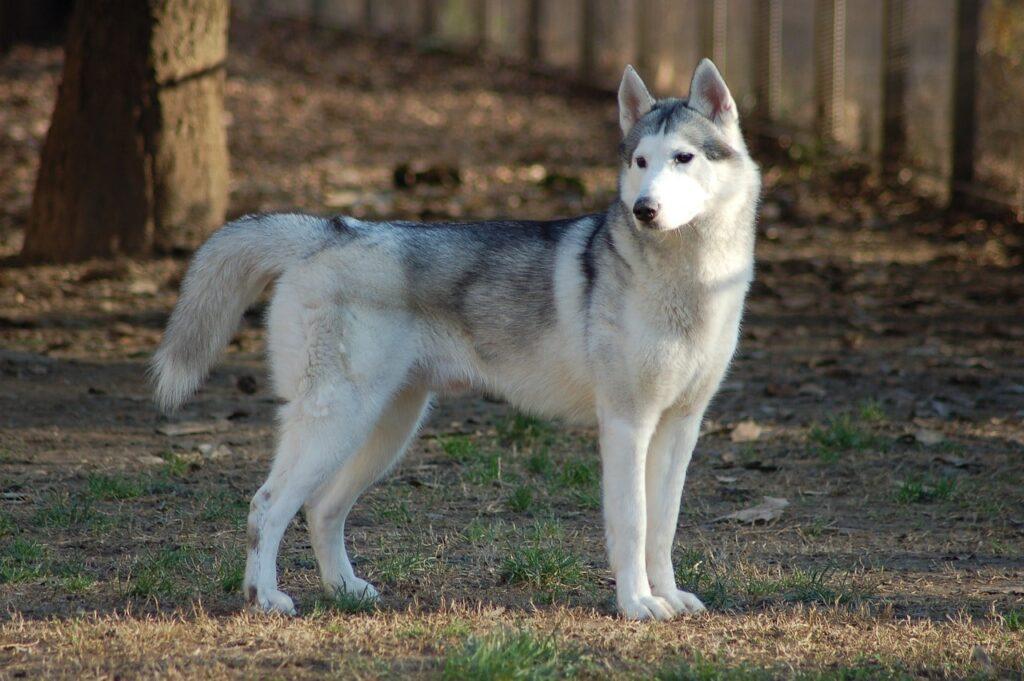Introduction
The Siberian husky is a breathtakingly beautiful and endlessly energetic breed that has captivated the hearts of dog lovers worldwide. With their stunning blue or multi-colored eyes, thick double coat, and graceful yet powerful build, these dogs are truly a sight to behold.
But there’s more to the Siberian husky than just their stunning appearance. Their history and characteristics make them a beloved breed for those seeking an active and adventurous companion. Originally bred by the Chukchi people of northeastern Siberia, Huskies were used as sled dogs, demonstrating their natural endurance and strength.
In addition to their physical prowess, Siberian huskies are known for their playful and friendly nature. They are highly social and thrive in the company of both humans and other dogs. While they may be independent thinkers, their intelligence and loyalty make them highly trainable and adaptable to various environments.
Join us as we delve into the secrets of this exquisite breed and uncover what makes the Siberian Husky such a majestic and beloved companion.
Discover their unique traits, their exercise and training needs, and how to provide them with the love and care they need to thrive.
Get ready to embark on an adventure like no other with the incredible Siberian Husky.
History of Siberian Husky
Siberian huskies originated in Siberia, Russia, where they were bred by the Chukchi people for pulling sleds over long distances in harsh Arctic conditions. These dogs were essential for transportation, as well as for herding reindeer and providing companionship.
Their endurance, strength, and thick double coat made them ideal for surviving cold climates. In the early 20th century, Huskies gained fame in Alaska during sled dog races, particularly the serum run of 1925, known as the “Iditarod.”
Today, Siberian huskies are popular pets worldwide, admired for their striking appearance, friendly temperament, and energetic nature.
Physical characteristics and appearance of Siberian Husky
Huskies have a thick double coat designed to protect them from cold temperatures, with colors ranging from black, gray, and red to pure white. Their striking facial markings often include a “mask” pattern, and their expressive almond-shaped eyes can be blue, brown, or even one of each.
Huskies have erected triangular ears, a bushy tail that curls over their back, and a graceful, fluid gait. Their wolf-like appearance, combined with a friendly demeanor, makes them highly captivating.
Temperament and personality traits of Siberian Huskies
They are affectionate with their families but tend to be aloof with strangers, making them good companions but not necessarily great guard dogs.
Huskies are energetic, playful, and love social interaction, often enjoying the company of other dogs and pets. While they are intelligent, their independent streak means they may not always follow commands without motivation. Huskies can be stubborn, requiring firm, consistent training.
Despite their free-spirited personality, they are loyal, affectionate, and thrive in active households that can meet their exercise and mental stimulation needs.
Training and socialization tips for Siberian Huskies
Training and socializing Siberian Huskies can be a challenge due to their independent and sometimes stubborn nature. Start early with positive reinforcement methods, using treats, praise, and play to encourage good behavior.
Consistency is key, as Huskies may test boundaries.
Socialization is crucial to prevent shyness or aggression, so expose them to different people, animals, and environments from a young age. Huskies are intelligent but can be easily distracted, so keep training sessions short, engaging, and fun.
Early leash training is essential, as Huskies have a strong prey drive and may pull or try to chase small animals if not properly trained.
Common health issues in Siberian Huskies
Siberian huskies are generally healthy but can be prone to certain health issues. One common concern is hip dysplasia, which can lead to joint pain and mobility issues.
Eye conditions such as cataracts and progressive retinal atrophy (PRA) are also seen in Huskies, potentially affecting their vision over time.
Huskies are also prone to hypothyroidism, a condition where the thyroid gland doesn’t produce enough hormones, leading to weight gain and lethargy.
They may also suffer from autoimmune disorders or seizures.
Proper diet and exercise for Siberian Huskies
Siberian huskies require a balanced diet to support their active, athletic lifestyle.
Their diet should include high-quality protein, healthy fats, and carbohydrates to fuel their energy needs. Ideally, feed them a mix of dry kibble and fresh food, ensuring they get sufficient vitamins and minerals.
Huskies are prone to obesity, so portion control and regular feeding schedules are important to maintain a healthy weight.
As highly energetic dogs, they need at least 1 to 2 hours of exercise daily, including running, hiking, or playing. Mental stimulation through activities like puzzle games or obedience training is also vital for their well-being.
Grooming and maintenance needs of Siberian Huskies
Siberian huskies have a thick double coat that requires regular grooming to stay healthy and prevent matting. They shed heavily, particularly during seasonal changes, so frequent brushing—ideally 2-3 times a week—is necessary to manage loose fur.
During their biannual shedding periods, daily brushing may be required. Huskies are relatively low-maintenance in terms of bathing, needing it only when they get dirty or develop a strong odor.
Their ears should be checked regularly for debris or infection, and their teeth should be brushed weekly to maintain good dental hygiene
Popular myths and misconceptions about Siberian Huskies
There are several myths about Siberian huskies that can mislead potential owners. One common misconception is that Huskies are hypoallergenic due to their thick coat, but they actually shed heavily, especially during seasonal changes.
Another myth is that they can tolerate extreme cold without issue; while they are well-adapted to colder climates, they still need proper shelter and care. Some believe Huskies are easy to train because of their intelligence, but their independent nature makes training challenging.
Additionally, many think Huskies are calm and laid-back, but in reality, they are energetic and require plenty of exercise and stimulation to stay happy.
Conclusion: Why Siberian Huskies make great pets
Siberian huskies make great pets due to their friendly, affectionate nature and striking appearance.
They are highly social dogs that form strong bonds with their families and enjoy the company of other pets, making them excellent companions in multi-pet households.
Huskies are intelligent and independent, which, when combined with their playful and energetic personalities, makes them a great choice for active families. While they require consistent training and plenty of exercise, their loyalty, loving temperament, and beauty make them rewarding pets.
If you can meet their needs for activity and attention, a Siberian husky can be a wonderful addition to your home.

